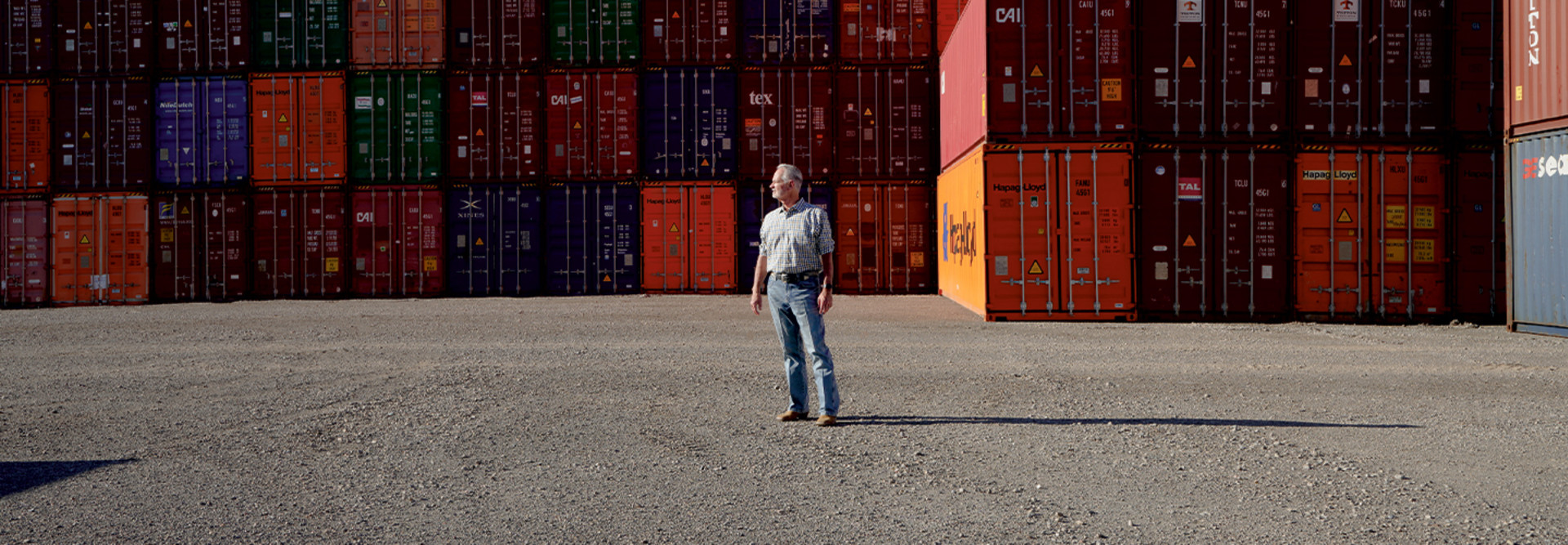Historically, “a single company could at best see where its own materials or products are within the supply chain,” says Maciek Nowak, interim dean of the Quinlan School of Business at Loyola University Chicago. Port operators, on the other hand, “should know where everyone’s products are coming into and leaving the port. As such, they can serve as traffic control for global supply chains, coordinating the flow of containers throughout the entire system.”
To that end, “technology should be implemented to provide greater visibility throughout the networks,” Nowak says. With greater information sharing, “we can begin to untangle the supply chain backups or prevent them from happening in the first place.”
This trend is visible among the nation’s port authorities, many of which are owned and operated by local governments. Supported by state and local investments, port authority executives are implementing digital technologies to fortify their operations and augment the U.S. supply chain.
DIVE DEEPER: How local port authorities are improving maritime cybersecurity.
The Importance of Data Access for Port Cities
The Utah Inland Port Authority, or UIPA, oversees a sprawling industrial nexus. “It literally is the crossroads of the West,” Hedge says. “There is a major transcontinental rail line, a major transcontinental freeway system and a major international air hub, all located within about a 2-mile circle.”
Here, as in other ports, a lack of data access can get in the way. “There are issues with data collection and with transparency in ports and large industrial hubs and rail yards. They tend to be sort of black holes in terms of data connectivity,” Hedge says.
To open up the flow of information, UIPA has embarked on an effort to build and operate the Intelligent Crossroads Network, the world’s first private LTE/5G network dedicated to the supply chain.
Hedge says port operations are awash in data that could support a more robust supply chain: information about the location and availability of containers, chassis, trucks and so on. The ICN “will be able to record that data live, in real time, without having to rely on human inputs. It will record data around the movement of goods in our inland port area and feed that live into a standardized network,” he says.
The technology supporting the network intelligence includes Intel NUC, a small-form-factor PC, and Intel Movidius vision processing units, which enable compute-intensive visual analytics and artificial intelligence workloads at the edge
“Intel is providing the edge processing power to process the data stream that’s coming in off the system, right there on the edge,” Hedge says. “That gives us the ability to relay data in real time to whoever has the right to see it.”
“A cargo owner can query the system and say, ‘I’m looking for container #123.’ When our system sees container #123, in almost in real time, we can tell them it just left the rail yard,” he says.
Data visibility “allows you to better plan, allows you to better strategize,” he adds. “We’re going to be better able to plan and position equipment, rather than just being reactive.”












